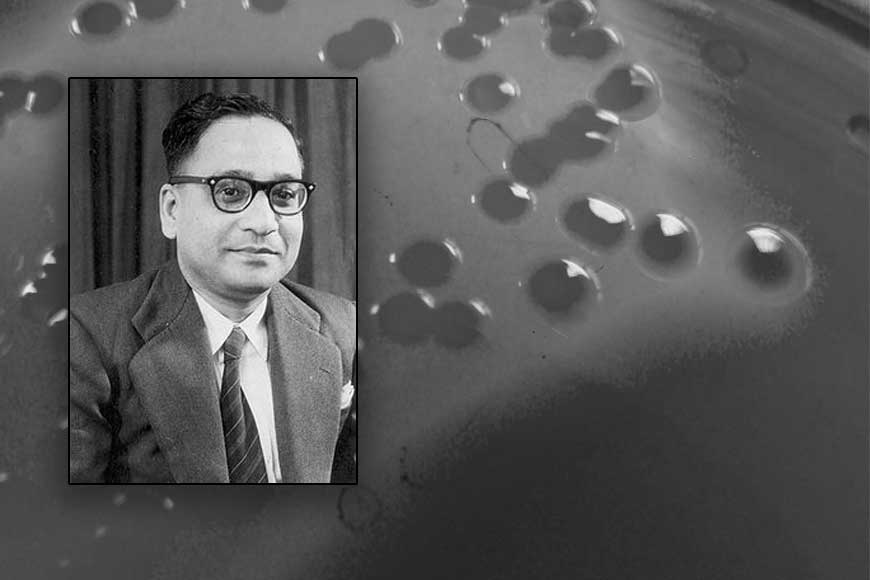Scientist Sambhunath De, the unsung hero who never got a Nobel Prize

It was in the 1950s when Dr Sambhu Nath De, a Calcutta-based scientist, brought in a silent revolution in the world of medical science. It was during this time when he discovered the cholera toxin. “De’s clinical observations led him to the bold thought that dehydration was a sufficient cause of pathology of cholera that the cholera toxin can kill ‘merely’ by stimulating the secretion of water into the bowel,” said Nobel Laureate Professor Joshua Lederberg, who had nominated the him multiple times for the Nobel Prize.
Not only did De’s work go on to strengthen our understanding of cholera and other diarrhoeal diseases, but also provide the foundation for oral rehydration salts therapy that went on to save millions of lives in India. Incidentally diarrhoea and enteric diseases still are the biggest killers in India. Despite being nominated a couple of times for the Nobel Prize in Medicine, he never got the nod. Most unfortunately, though, India did not honour this man in his lifetime. It is only recently that we have begun to celebrate his contributions to modern medicine.
Born in Garibati village, which is nearly 30 km from Kolkata on 15 April 1915, De got a scholarship to study at the Calcutta Medical College in 1935. Later he went to London in 1947, to pursue a PhD at the University of London. Following his doctorate, he returned to Kolkata, where he began working on the “rabbit intestinal loop model,” that was the foundation for his ground-breaking work on cholera. Cholera happens to be a rapid lethal dehydrating diarrheal disease that killed millions across the Indian subcontinent and Europe. Although it is believed the disease first broke out in Jessore in 1817, there were outbreaks of cholera in Europe too.
“De died in 1985 unhonoured and unsung in India’s scientific circles. That our Academies did not see it fit to elect him to their Fellowships must rank as one of the most glaring omissions of our time.”








